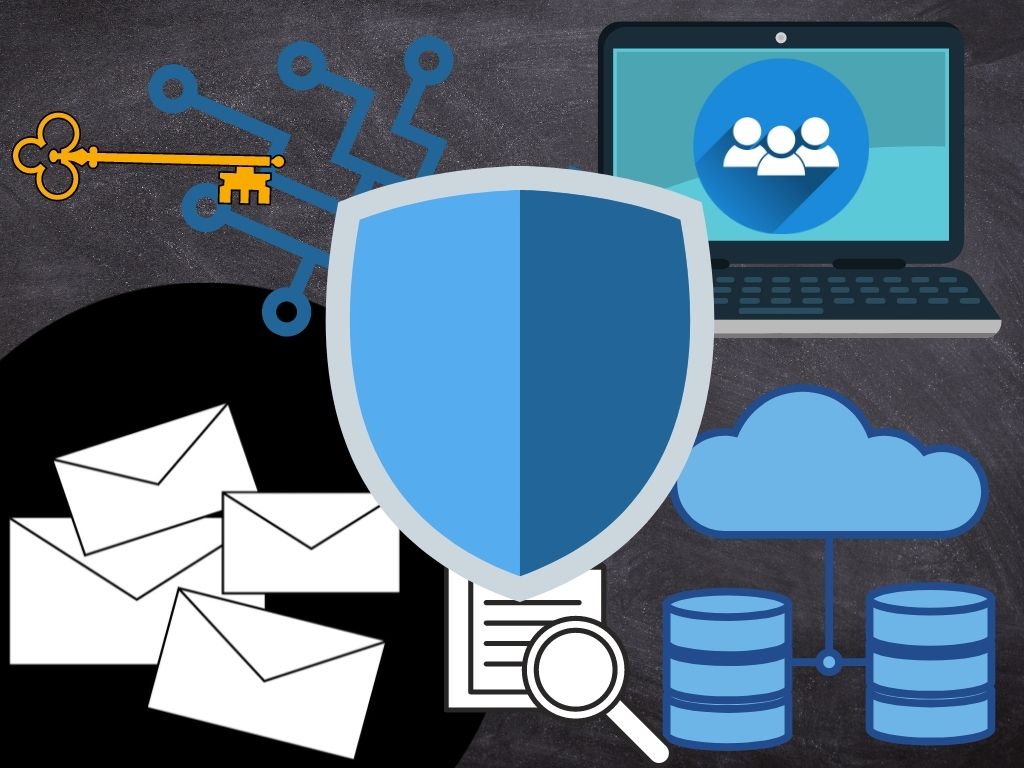[toc]
What is Consent Management?
Customers nowadays are increasingly concerned about their personal data. Due to this fact consent management is more important than ever.
Consent management is a process that allows the customers to control the usage of their personal data.
You need to inform your customers (or users) about all the practices you are performing with their data. You should also give them permission to decide which information they will share with you. Be careful because you need explicit consent for each processing of their personal data.
One of the best practices you can offer your customers is being transparent about collecting and storing first-party data. This is a great way to build trust and loyalty with customers.
It’s important to note that you have to give customers the right to withdraw consent at any point. It’s also a good practice to enable smooth consent withdrawal. Keep in mind that consent management is very important for delivering a seamless user experience.
What is a Data Retention Policy?
Data retention policy is a protocol of a given organization that applies to its utilization of data.
Why does an organization need this type of protocol?
One reason is that it’s a requirement to comply with regulations but it’s also a part of the organization’s operational purposes.
The way an organization operates with data is crucial nowadays. It’s an important part of the data management strategy for retaining information efficiently. It also makes room for more storage space, increases speed, and optimizes expenses.
Last but not least it’s critical for following any legal requirements.
What should a Data Retention Policy Include?
Data retention policies further specify storing of information.
They consist of these points:
- What type of information are you storing (and in what format)?
- What are the reasons for retaining this specific data?
- For how long are you keeping the data?
- How do you dispose of data that is no longer needed?
- How can customers request deletion of their data?
- What repositories are you using to store the data?
- Is the storage of data secure?
- What to do in case of policy violations or data breaches

How to Create a Data Retention Policy? (+ Best Practices)
A data retention policy is always based on the specific needs of a particular organization.
But, there are some common practices data retention policies share:
Identify and Classify your Data
First, you need to identify which types of data your organization stores. Then you can start classifying that data. This is an important step because not all data require the same retention periods.
There are more types of data classification. They can be specified as, for example, public, proprietary, or confidential. Thanks to data classification you determine which data falls into which category.
It’s important because some of these data require some form of additional protection and you should always be aware of the requirements in each category.
Be Compliant
After classifying your data, ensure that your data retention policies align with laws and legal restrictions. This way you can avoid expensive penalties resulting from non-compliance.
You should also determine which industry guidelines apply to your organization.
There are usually plenty of rules on information storage: Some data you can’t store at all whereas some must be stored for a defined period of time.
For example, a customer’s personal information can usually only be stored for a limited time and has to have a clearly stated purpose. But there is also some information that is required to be stored for many years (for example financial information for accounting purposes).
Delete Data after the Data Retention Period
The data have to be disposed of properly after exceeding the data retention period. Automated systems are extremely helpful in deleting data after this period.
In some cases, there is also duplicated data that can be disposed of automatically. Removing duplicates makes your database up to date and enables you to more easily find relevant information.
Another valid reason for deleting outdated data is that by doing so, you significantly decrease the chance of security incidents or data breaches.
Next, we’re going to look into some automated systems suitable for managing data retention:
CDPs in Data Retention
There are a few systems available for managing customers’ data.
One of the most reliable systems is Customer Data Platform (in short CDP).
A CDP is able to centralize all information from your organization. It simplifies all the processes associated with data retention and consent management.
A Customer Data Platform manages your company’s data retention and user consent.
Some of the features of a CDP are:
- Unifying the data and thus removing duplicate data.
- Monitoring the data from your customers and keeping it up to date.
- A CDP provides you with the Single Customer View, which is a database with individual profiles for each customer. This way you’ll have an overview of the whole consent history for every customer.
- It uses automated systems to classify data so that you can adjust the classification. With automated classification, you store only the type of data that customers consent to. It also takes into account data that complies with regulations.
- CDPs automatically delete the data after the retention period. It also deletes data when a customer asks for a consent withdrawal.
2 replies on “Data Retention + Consent Management: How Can CDP Help?”
[…] Always keep in mind that all the data you gather must comply with laws and regulations and users have to give you informed consent. You can learn more on this topic in the article: Data Retention + Consent Management. […]
[…] data retention and its […]